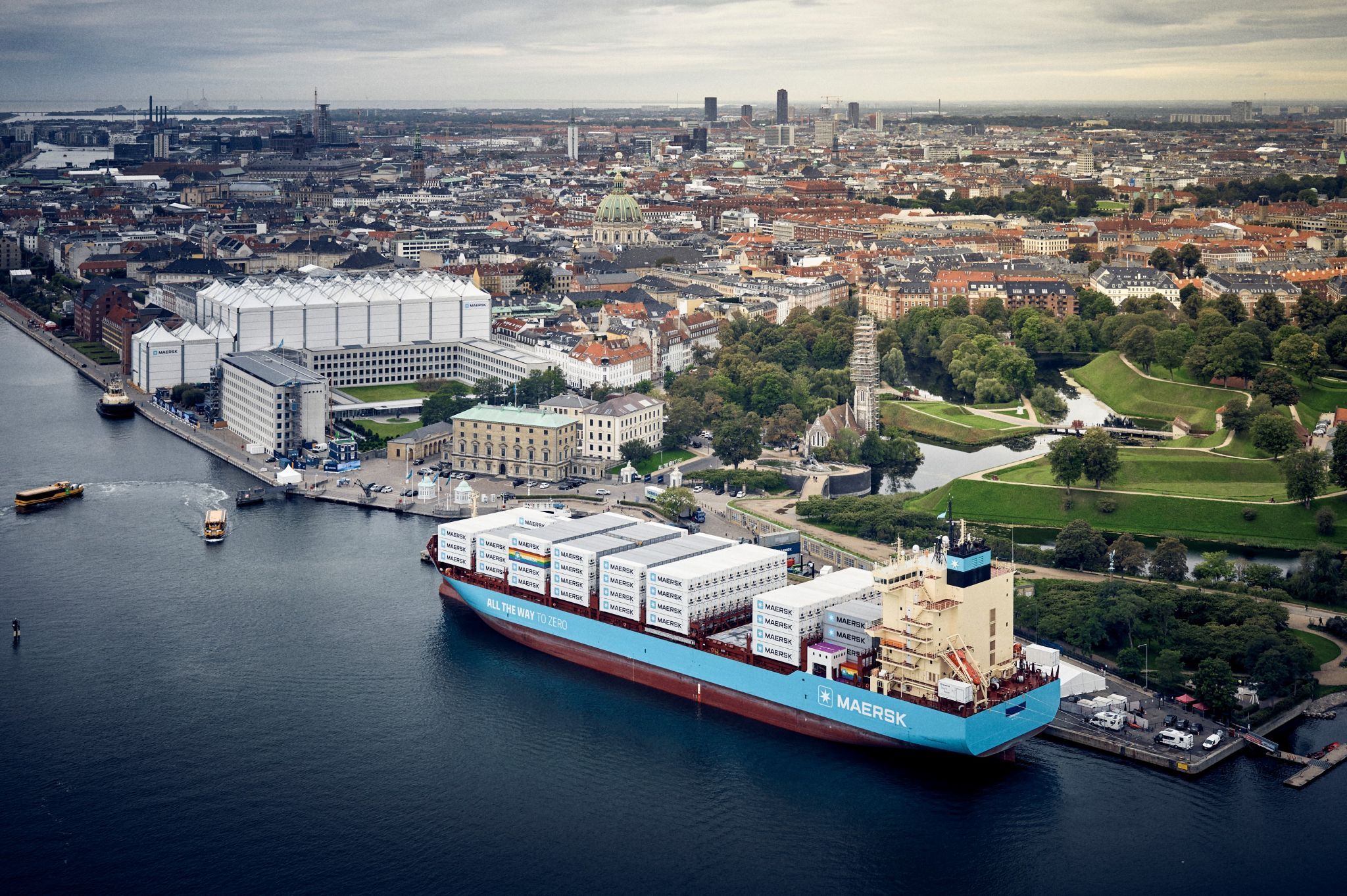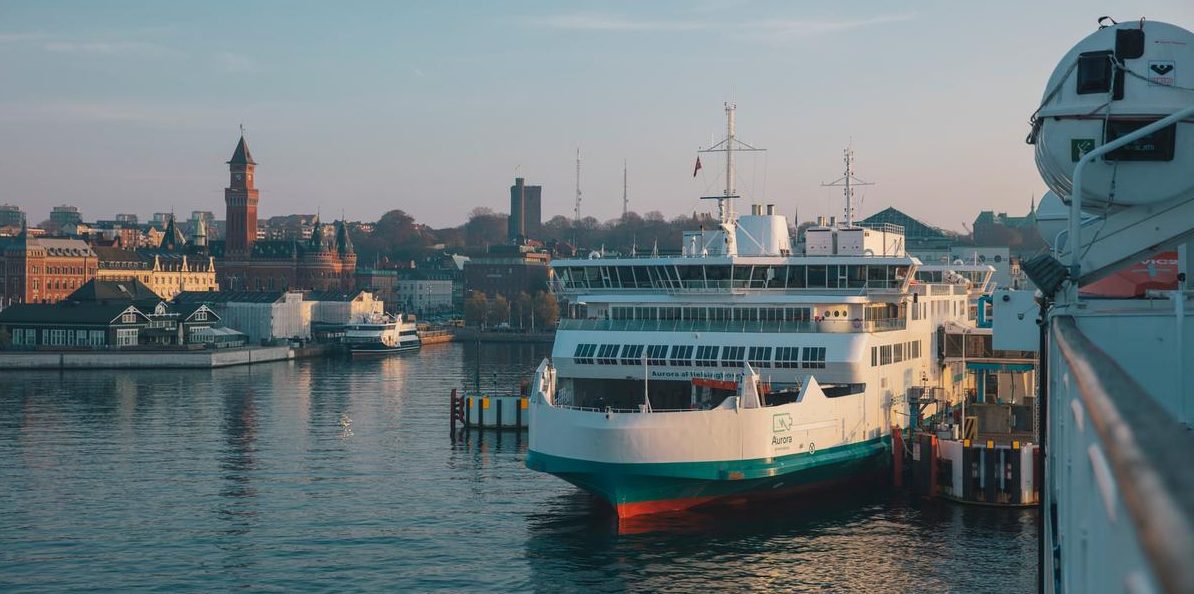Wastewater slurry and excess
wind power can be converted into green
natural gas thanks to the 'Power-to-Gas BioCat2' project (P2G Biocat). The project has received EUR 3.7 million from the research fund
ForskEL, and together with a sister project at
Avedøre Wastewater Services, an international-scale demonstration plant will now be realised. The two projects will demonstrate how
biogas and electricity can be turned into methane:
"Now we will finally create the link between Denmark's abundance of wind power and production of eco-friendly gas to the Danish natural gas grid. The integration is a necessary piece of the puzzle to transform the energy systems and phase out coal, oil and natural gas system in the long term," says Kim Behnke, Head of Environment, Research and Development at
Energinet.dk.
Storing large amounts of wind as hydrogen and green gas
Wind power in Denmark has reached a level where the total electricity consumption is covered by wind for many hours.
In December 2013, 55% of the total Danish electricity consumption came from wind, and for several days, the coverage was more than 130%. However, more green energy sources are needed to ensure a stable supply of electricity and heat when the wind is not blowing, which calls for Danish
CHP plants to use gas from green sources.
At the wastewater treatment plant in Avedøre, Electrochaea is now building a 1 MW electrolysis plant, where electricity from wind power and water is converted into hydrogen. Hydrogen is used for upgrading biogas before it is injected into the natural gas grid.
International-scale demonstration plant
The wastewater treatment plant produces biogas from decomposition of wastewater slurry. In addition to methane, biogas also contains CO
2, and therefore it cannot be sent to the Danish gas customers through the natural gas grid. However, a new biological process, where microorganisms and hydrogen convert CO
2 to methane, is able to upgrade the biogas.
At the same time, the sister project is testing a new technology for chemical upgrading of biogas. Excess CO
2 from this process can also be converted into methane in the P2G BioCat project.
"Together, the two projects will make one interconnected, international-scale demonstration plant, and it will deliver qualified suggestions to the P2G solutions of the future,' says Kim Behnke, Energinet.dk.
Promising test results
The technology from Electrochaea has already been documented and tested at Foulum test centre under Aarhus University and has delivered impressive results for efficient upgrading of biogas. The upgraded methane is delivered to the local gas grid and is traded on general terms.
Ole Albæk Pedersen, President and CEO of HMN Gashandel A/S, is pleased to be part of a project that combines hydrogen from excess wind and excess CO2 from biogas and gives more green gas to the company's consumers:
'In our opinion, the solution is a matter of using the advantages of the different energy systems, including the great flexibility and capacity of the gas grid, which already has been paid for," he says.
- Insero Business Services is also included in the project.
- The P2G BioCat project costs approx. EUR 6.7 million; the remaining amount comes from Electrochaea and the consortium behind.
- The sister project, which demonstrates new technology for biogras upgrading, costs approx. 6.03 million and is headed by HMN. It has just received approx. EUR 2.68 million from the Danish Energy Agency’s EUDP programme (energy-technological development and demonstration programme).
Source: Energinet.dk
For more news, visit our Newsroom

















